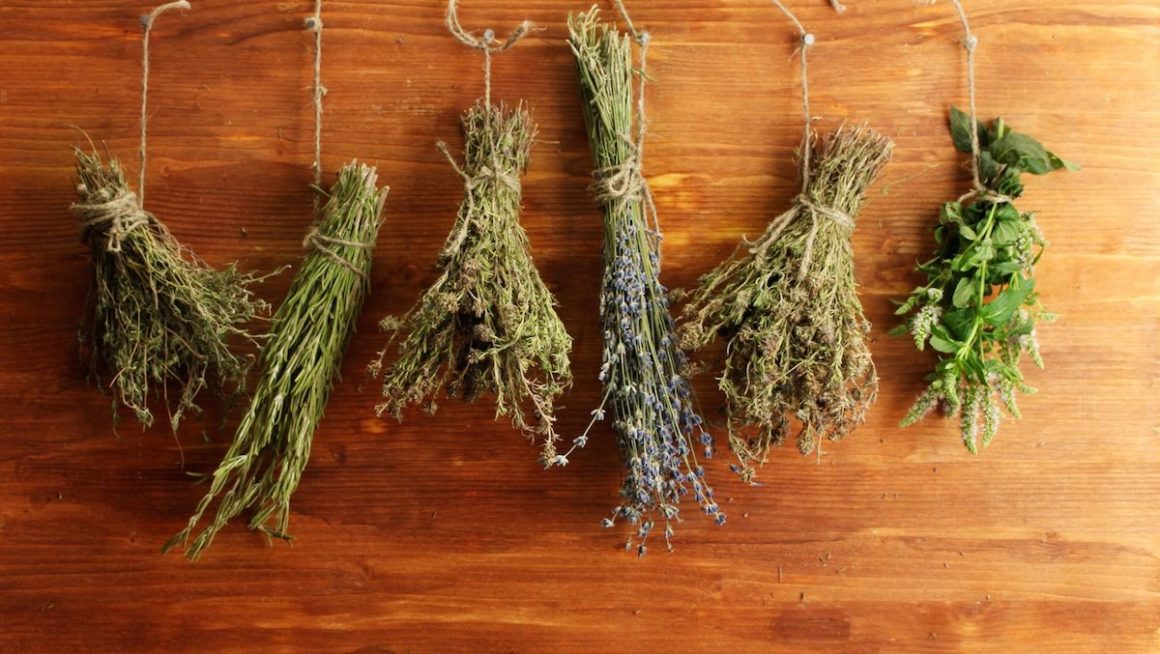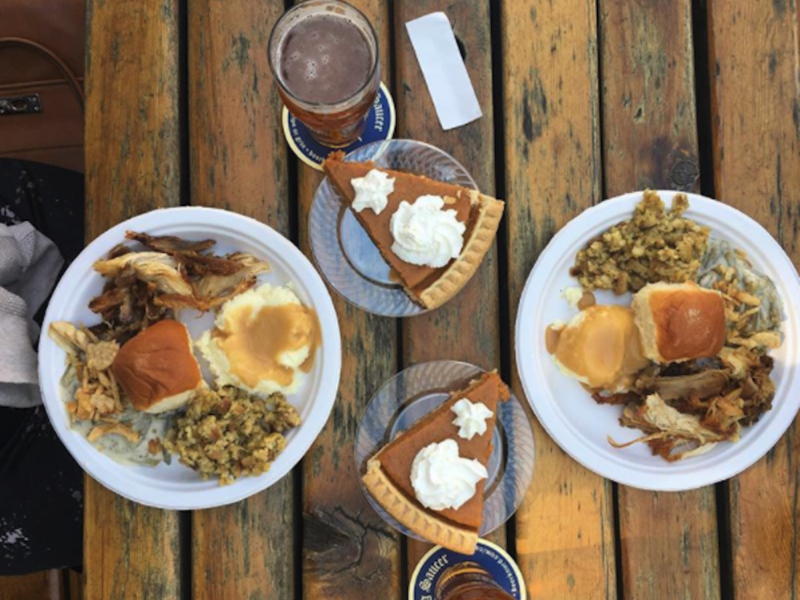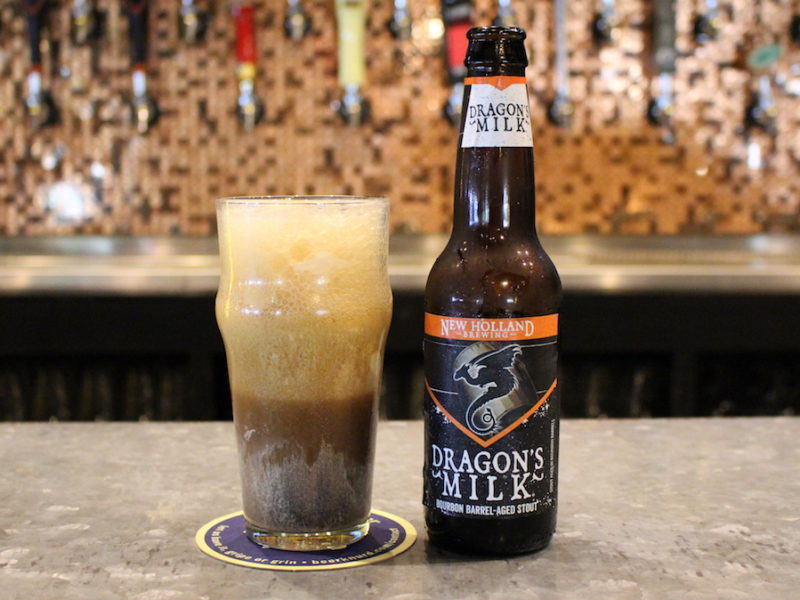The vogue for IPAs whose IBUs are off the charts may make it hard to believe, but hopping is a relatively recent innovation in the history of brewing. In fact, an argument can be made that the flowers of the vine-like Humulus lupulus have no place in the most authentic of ales. But this is not to say that beers prior to the advent of hopping were uniformly sweet and insipid. Spice, fruit and herbal astringency have always been considered desirable and even marketable qualities of good beer. So, before beer lovers ever had spirited debates about the superiority of Cascade over CZ-Saaz hops (or vice versa), their palates were attuned to the individual ingredients in gruit.
Getting Medieval On Your Ass
The term “gruit,” much like “curry,” simply refers to a mixture of leaves, stems, roots, berries, fruits and flowers. In fact, “gruit” is often spelled “grut,” the German word for “herb.” There is no one recipe for gruit, nor is there a universal standard for what can or cannot be included in a gruit mixture. Depending upon regional availability and brewer’s preference, some gruits of the Middle Ages included juniper berries (chiefly responsible for gin’s distinct flavor profile), nutmeg, anise (for that smack of licorice) and horehound (a flavor you might recognize from, ahem, certain cough drops). As such, today’s locavore microbreweries have nothing on their Medieval counterparts.
Gruit’s prevalence has much to do with the surrounding culture of Europe in the Middle Ages, dominated as it was by Christianity. While Christian monastic communities, especially in Belgium, mastered beer styles that became classics and remain popular to this day, the Church elsewhere on the continent has a more uneasy relationship with brewers. By flavoring their beer with gruits containing botanical compounds also used in traditional medicines, brewers could claim that their product both promoted good health and possessed curative properties. Beer was, in the Middle Ages, a “tonic” in the same way that sodas such as Coca-Cola and 7-Up once advertised their pharmaceutical effectiveness. Like those patent medicines turned refreshments, gruit also typically contained ingredients whose use the Church expressly prohibited. (Through the 19th Century, the secret formula to Coca-Cola Bottling included a minute quantity of cocaine, and the original purpose of 7-Up was to deliver a tiny hit of lithium.) Many of these ingredients also connected European peoples to their pagan pasts, and when not tossed into the mash tun, were “prescribed” as aphrodisiacs and their propensity to induce states of euphoria.
The Downfall of Gruit
Gruit ultimately fell out of favor for two primary reasons. First, the loose definition of what could or could not be included in a gruit mixture led to certain brewers taking advantage of drinkers by lacing their beers with unsavory substances such as soot and chalk in an attempt to mask off flavors. At the grassroots level, then, drinkers began to mistrust gruit ales. The coup de grace for gruit was delivered in 1516 with the passage in Bavaria of the Reinheitsgebot or “beer purity law.” You can read all about the complex set of religious, social and political forces that led this German state to subject brewing to state legislation this Beerknews article celebrating the anniversary of the Reinheitsgebot, but, suffice to say that, in the 500 years since, hops has been virtually synonymous with bittered beer.
Gruit To It
If you are a beer lover interested in tasting a gruit ales for yourself, you are in luck. Recent years have seen a revival of interest in gruit, especially as the craft beer marketplace becomes more and more crowded and demand for unique beer styles increases. Since 2013, a consortium of craft brewers has celebrated International Gruit Day on February 1st. In 2016, 30 breweries participated, releasing seasonal gruits and promoting continued exploration of beer’s pre-hops heritage. Adventurous imbibers can now find beers flavored with seaweed (Williams Brothers’ Kelpie), Canadian bog myrtle (Beau’s Bog Water), and lingonberries (Dogfish Head’s overtly mythical Kvasir).
What flavors have surprised you in your recent beer tastings? Is there a brewery or brewery in your neighborhood experimenting with yarrow stalks, hibiscus, bergamot, cardamom, birch syrup or some other substance they’ve borrowed from the apothecary? Know of any gruit beers that even a sworn hop-head might find room for in their fridge? Don’t be stingy. Impress us below!




